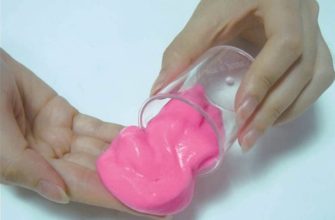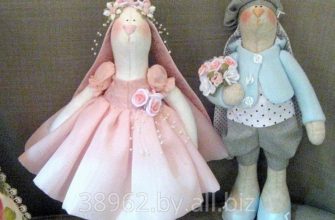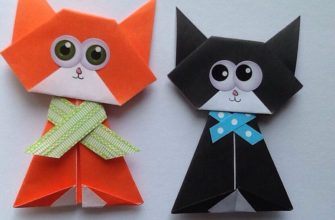For the last two years, slimes have been the leader of the top toys worldwide. In this regard, many parents are interested in: slimes - what is it and what is it for, what do they consist of and how to make them yourself at home. In the article, you can find answers to these questions and others related to the production of the toy and its care.
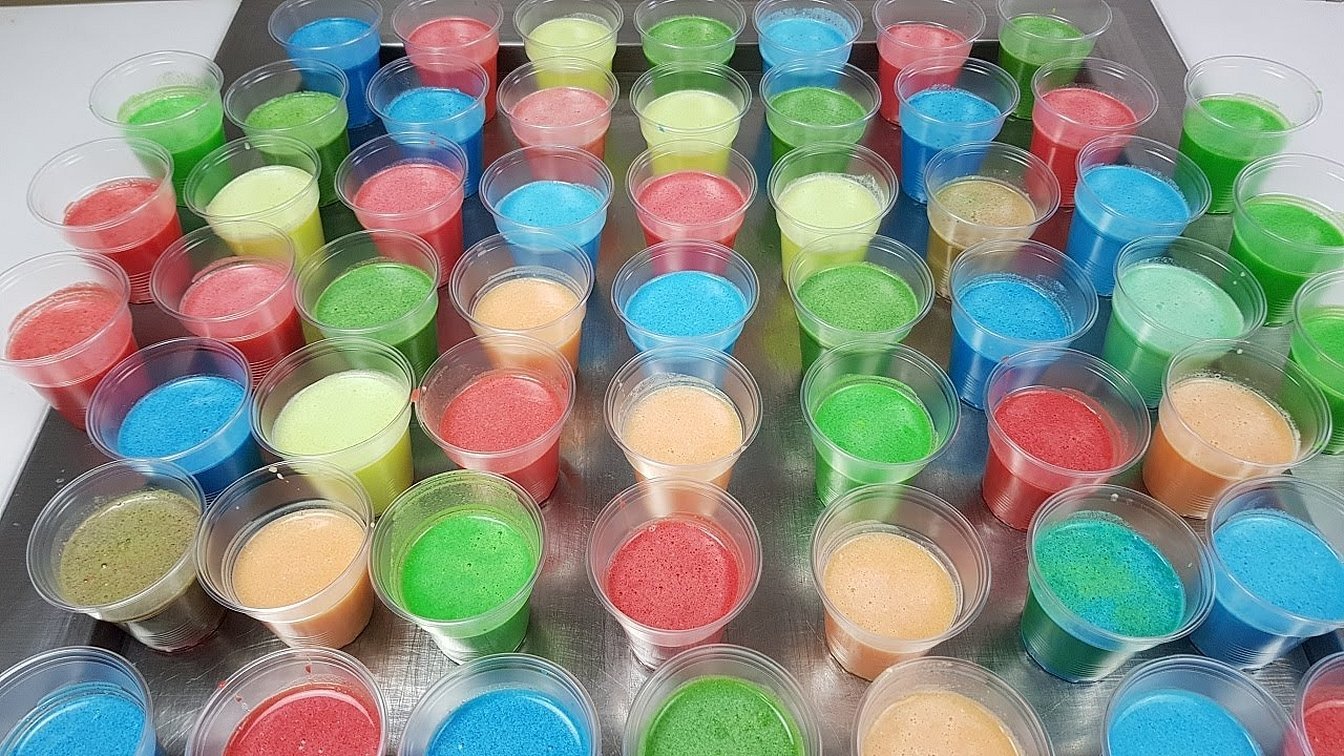
- What is slime
- History of origin and name
- What are they used for?
- At what age can you give a toy to children?
- The difference between slimes and slugs, hand gum
- What types of slimes are there?
- Essential ingredients for slimes
- Safety precautions during manufacturing
- Recipes for making at home
- Fluffy Slime
- Slime original
- Magnetic Slime
- Transparent slime
- How to store a toy correctly
What is slime
Slime or lizun is a stretchy substance that resembles chewing gum in its properties. Because of this, many people call this toy chewing gum for hands. Slimes are made from sodium tetraborate and water - these are the basic elements that are supplemented depending on the manufacturer of the product.
The slime has a dense texture, but stretches easily. It is soft when squeezed in the hand and elastic when colliding with objects. The toy can be any color: from transparent to the darkest shades.
History of origin and name
The American company Mattel first released slime in 1976. It became famous thanks to the legendary Barbie toy, and now it has become famous for the release of the mega-popular slime.
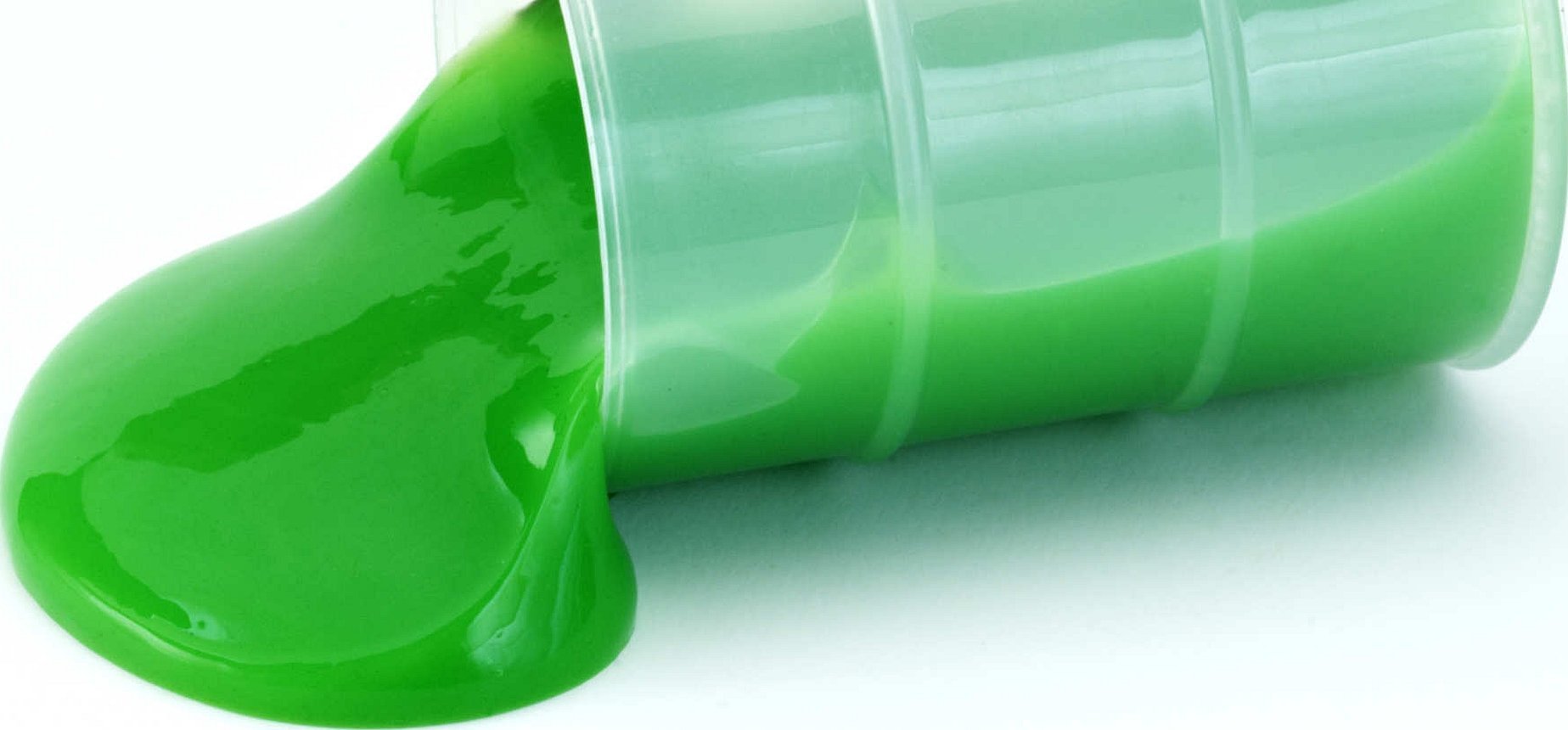
In 1976, the world learned what slime was and what it was for. It was first presented in stores in green and in a plastic jar with a green lid. The project got its name from the legendary film "Ghostbusters". This film showed the light green slime of monsters, which Mattel transformed into the famous toy. Slime means "slime" in English, which is what the finished substance actually resembles.
Please note! Not only many companies around the world began to produce slimes, but also parents, having learned what slime consists of, tried to make such a toy at home.
What are they used for?
Having found out what slimes are, you should also find out what they are used for. Interaction with the stretchy substance relieves stress, so slimes are classified as items that can reduce irritation. Scientists believe that it is due to this property that the anti-stress toy has become popular all over the world.

The following manipulations can be performed with the anti-stress toy:
- stretch;
- tear;
- throw it on the table and watch how the substance bounces off the hard surface;
- knead in hands.
Please note! In addition to gaming slimes, there are also those that can perform other functions, for example, be used to clean the keyboard from dirt.
At what age can you give a toy to children?
A seemingly safe toy can hide many pitfalls, the same can be said about slime. So, if it gets on the mucous membranes or is accidentally swallowed, it can cause poisoning and allergic reactions. Therefore, the package with slime indicates age restrictions - from 4 years. Children over 4 years old should play with the toy under the supervision of their parents.

The difference between slimes and slugs, hand gum
What is a lizun and how is it different from slime? In fact, slime, hand gum and lizun are different names for the same toy. The only difference is their consistency:
- The slime looks like the slime from the movie "Ghostbusters", it stretches well, does not stick to your hands and is pleasant to knead.
- Hand gum is the basis for modeling, it stretches easily, also easily tears. It has a denser structure, in the form of a ball it easily bounces off the wall.
- Lizun is a cheap type of slime. It has a jelly-like, dense structure and can spread or form into a lump.
At home, you can get all three versions of the toy, depending on the set of ingredients for their creation and compliance with the recipe.
What types of slimes are there?

The list of the most common types of slimes is as follows:
- Original. A viscous slime that spreads when at rest and becomes harder when pressed.
- Gigli or glossy. It has such a feature as glossy shine. It is liquid, spreads well.
- Fluffy or airy slime - what is it? It is made from shaving foam and is characterized by fluffiness and airiness. Fluffy crunches when pressed, has air bubbles, stretches perfectly.
- Handgum (may also be called "chewing gum for hands"). More similar to smart plasticine, is elastic, holds its shape well, does not spread.
- Crunchy (crunchy). The base of this slime is made with foam balls, which provide the crunch when you press or stretch the toy.
- Bubble or bubbly. It has many air bubbles that burst and crunch when pressed.
- Transparent. Soft and viscous, it has a transparent color. It goes well with glitter and beads.
- Magnetic. A very interesting type of slime that has the property of attracting metal, like a real magnet.
- Aromaslime. Slime of any type and consistency with the addition of aromatic additives. It can have the smell of fruits, desserts or chewing gum.
- Phantom. A taffy that is light in color during the day and glows at night.
- Thermoslime. Characterized by the ability to change color when the temperature changes. So, from the warmth of your hands, such a slime becomes a different color.
Essential ingredients for slimes
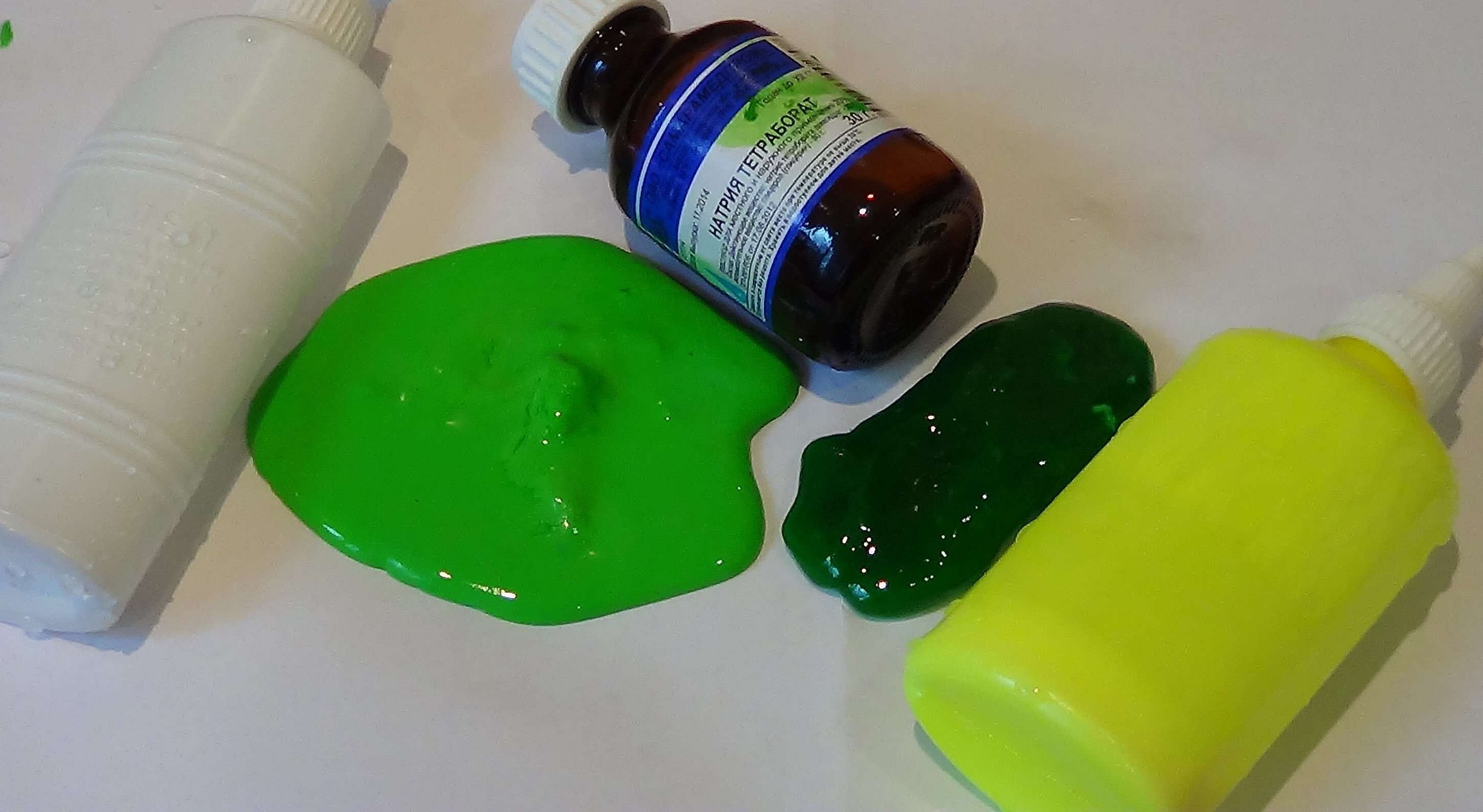
Every day, due to the worldwide popularity of this toy among children, there are more and more types, so many are interested in what slime is made of. The most common slime contains polysaccharide and sodium tetraborate. The first component is most often glue (PVA or transparent stationery). Sodium tetraborate acts as an activator of the polysaccharide, thanks to it the slime becomes viscous and does not stick to your hands.
Please note! At home, we have now learned to make slimes from such components as shaving foam, shampoo, toothpaste. As a thickener (instead of sodium tetraborate), you can use soda, flour or starch.
Safety precautions during manufacturing
When making slime at home, you need to adhere to the following safety precautions:
- The slime should be made in a well-ventilated room: when creating the toy, you need to open the windows for ventilation or turn on the exhaust fan.
- When making slime from glue, it is better to use PVA or office glue, since they are less toxic compared to others, such as construction or rubber.
- You should protect your eyes, and if any of the slime ingredients accidentally get into your eyes, you should rinse them thoroughly under running water.
- When making slime, you should work with disposable gloves - this will protect your hands from irritation.
And the most important rule when making hand gum is that it should be done by adults, and the child can take part as an assistant.
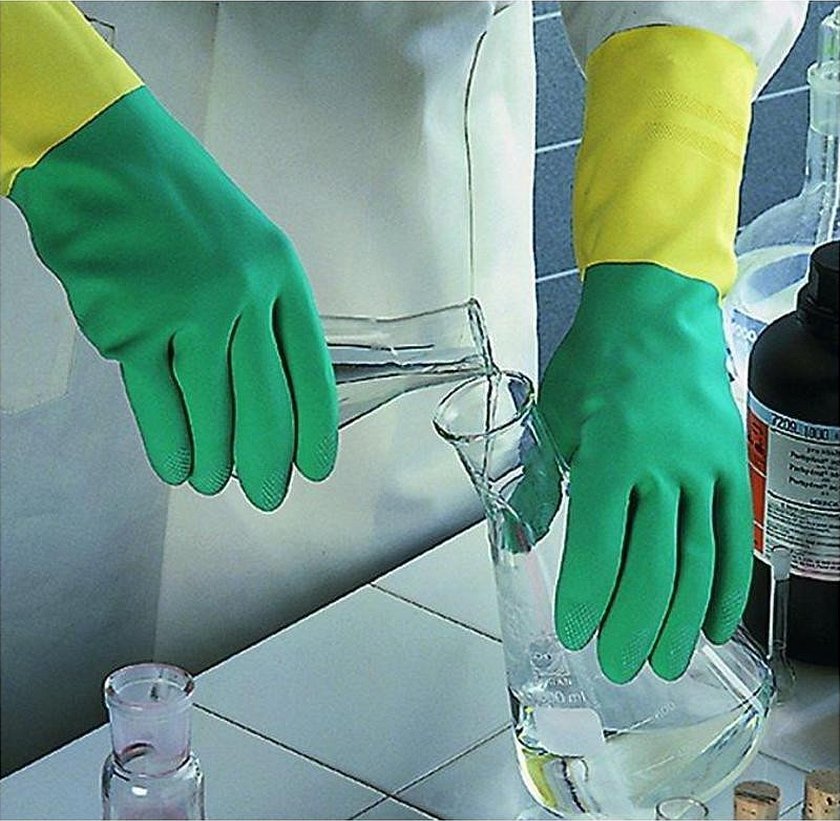
Recipes for making at home
Today it is difficult to list all types of slimes and give their recipes. Therefore, the selection includes only the most top ones.
Fluffy Slime
This is an airy, soft slime that is pleasant to the touch. To make it, you need the following ingredients:
- PVA glue – 85 ml;
- liquid soap – 1 tbsp;
- massage oil – 1 tsp;
- shaving foam – 5 tbsp;
- sodium tetraborate – 10 drops.
- dye – optional.

Preparation:
- Pour glue from the tube into the container.
- Add shaving foam, stir.
- Then add massage oil and mix again.
- If you want to add coloring, you should do so at this stage.
- The activator is added to the mixture drop by drop (the mixture must be stirred constantly).
Please note! The amount of tetraborate may vary, it all depends on the quality and thickness of the selected glue.
Slime original
Ingredients:
- PVA glue – 1 tube;
- sodium tetraborate – 1 tsp.
Pour glue into a clean container, add tetraborate in several parts, stirring each time and looking at the consistency. Mix the slime first with a spoon, then with your hands until the toy stops sticking to your hands.
Magnetic Slime
Ingredients:
- cold water – 200 ml;
- PVA glue – 40 ml;
- light green food coloring - a few drops;
- boric powder – 0.5 tsp;
- phosphorus;
- iron oxide powder.
Attention. The amount of phosphorus and iron oxide powder is not specified in the recipe, as these ingredients are needed in very small quantities. Their amount is adjusted depending on the color and consistency of the toy.
Preparation:
- Mix water with glue.
- Add food coloring and mix everything.
- Add boric powder and then mix everything thoroughly.
- Add phosphorus and iron oxide powder.
- Knead the slime.
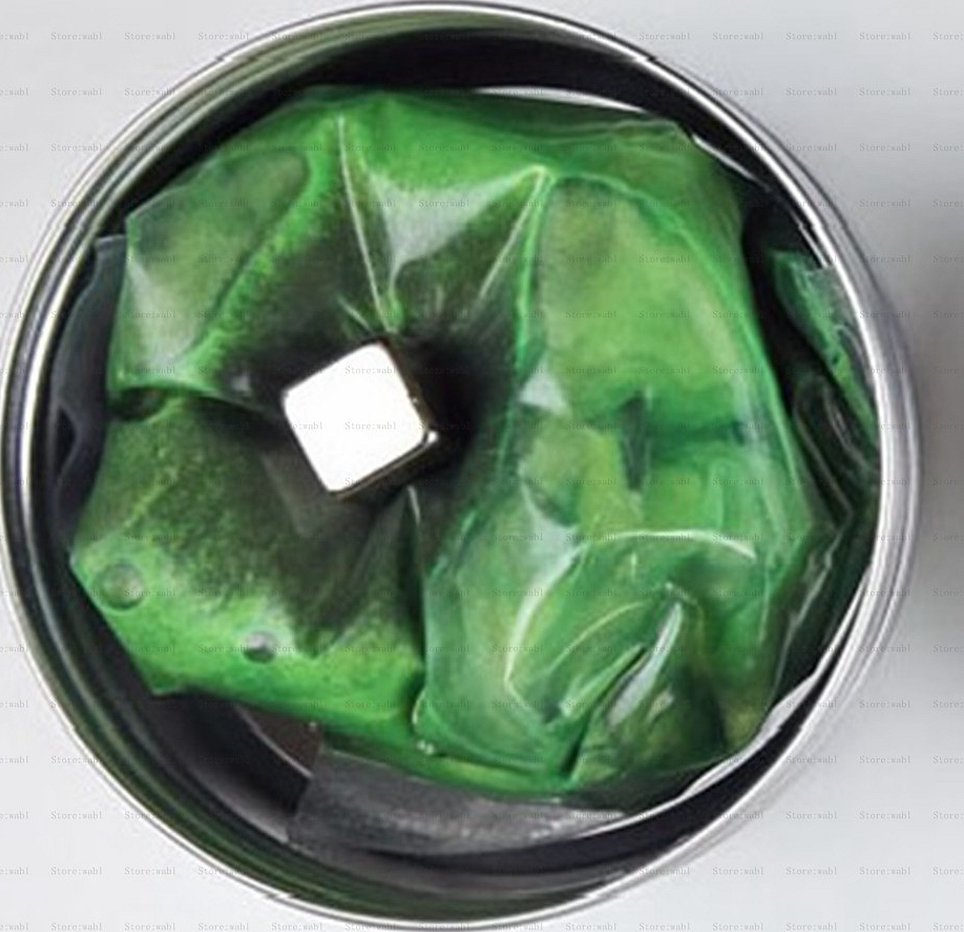
Transparent slime
Ingredients:
- stationery glue (transparent) – 70 ml;
- sodium tetraborate – 1 tsp;
- transparent shower gel – 1 tbsp.
Pour glue into a container, add shower gel and stir. Gradually pour thickener into the mixture and stir until the desired consistency. If desired, you can add glitter to this recipe.
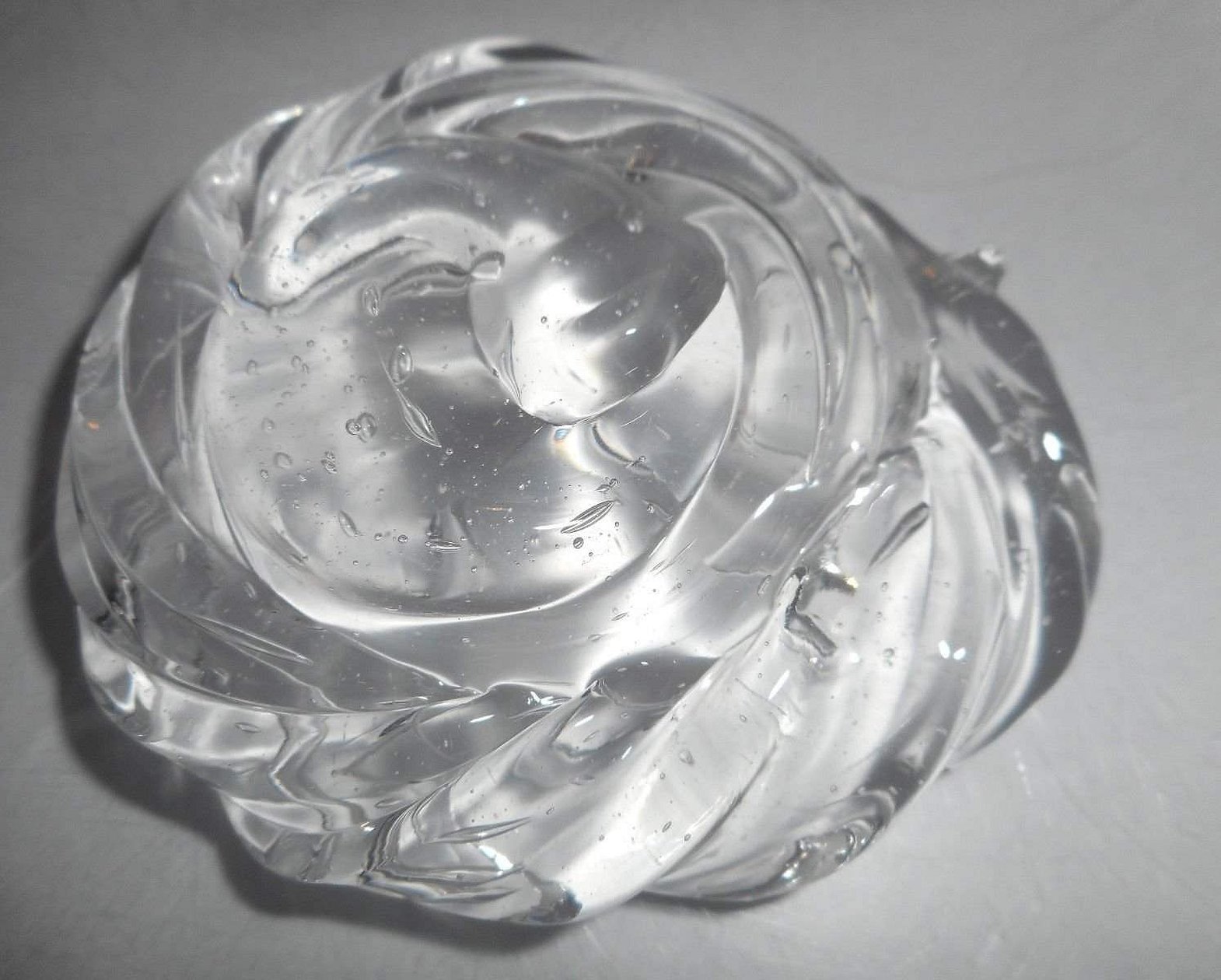
How to store a toy correctly
If not stored properly, the toy loses its properties. Homemade slime should be stored in accordance with the following recommendations:
- The storage container should have a lid that closes tightly. This could be a container from an unwanted slime or a mayonnaise jar.
- The storage place should be dry and dark. A refrigerator or a shelf in a cabinet will do.
- You cannot mix different types of slime, as this may result in a non-uniform liquid.
- The shelf life is no more than 1 month, depending on the components selected for making the toy. If the slime has spread out or formed a lump after 2 weeks of use, it is easier to make a new substance than to revive the old one.
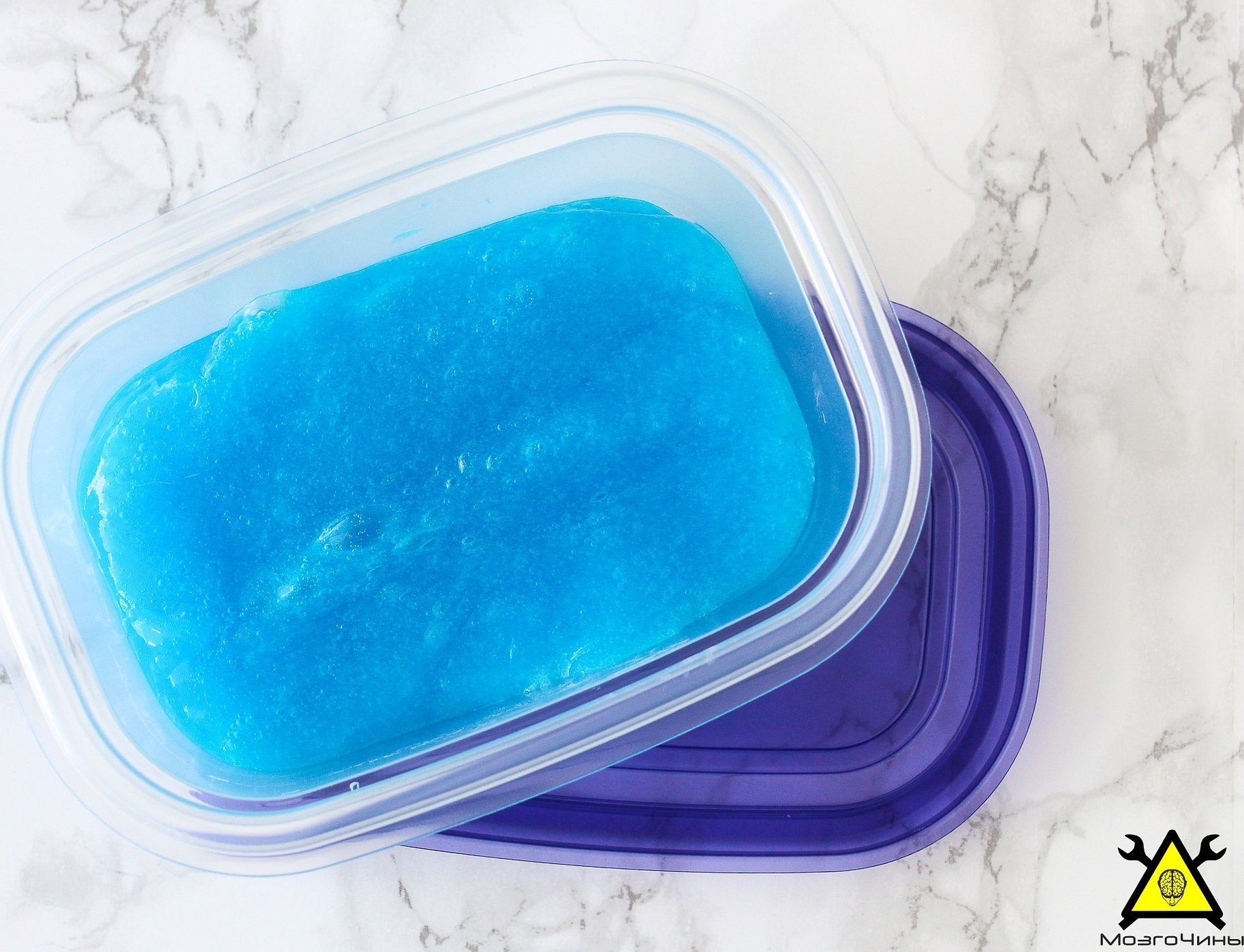
Slime is a favorite toy of modern children. You can experiment with it: give it any shape, stretch it, knead it in your hands or tear it into pieces. When playing with slime, you need to make sure that the child does not put the toy in his mouth and observe safety rules.

